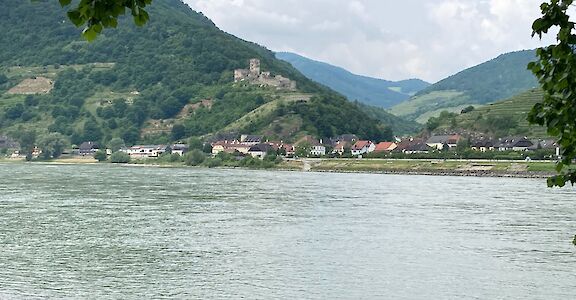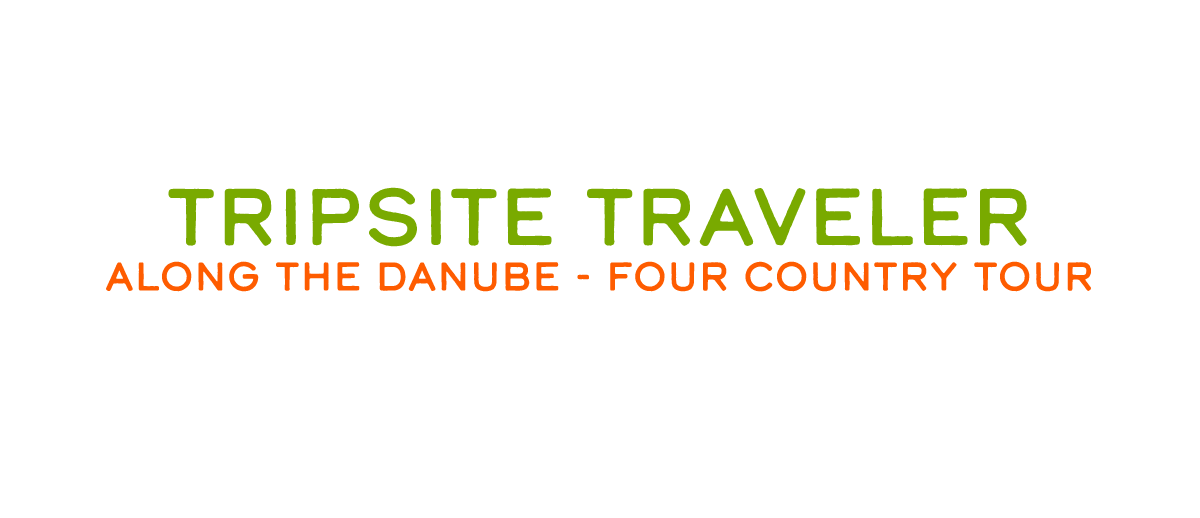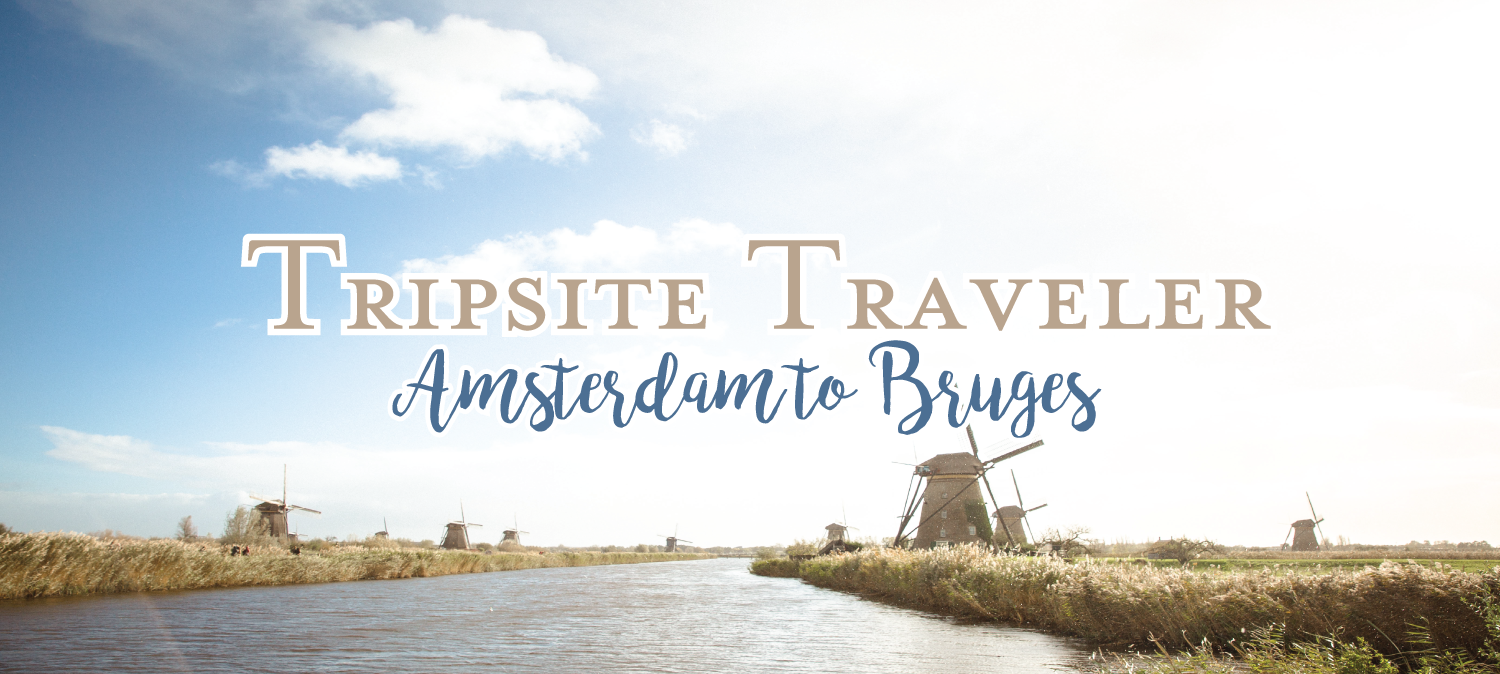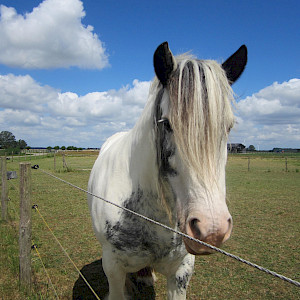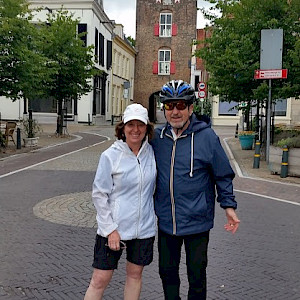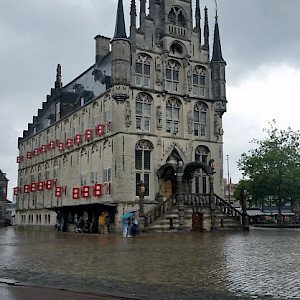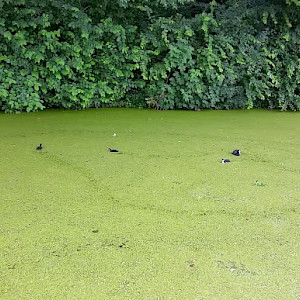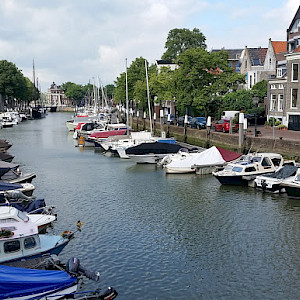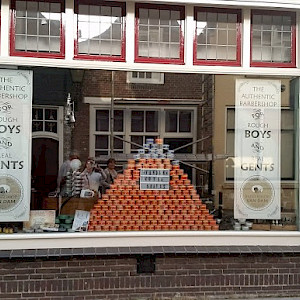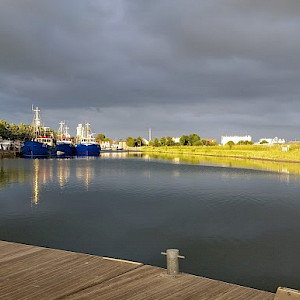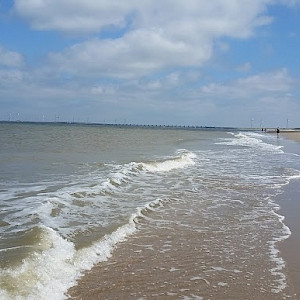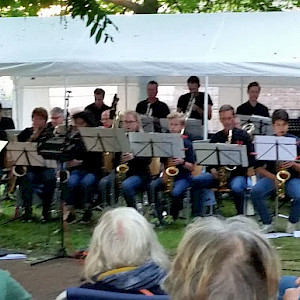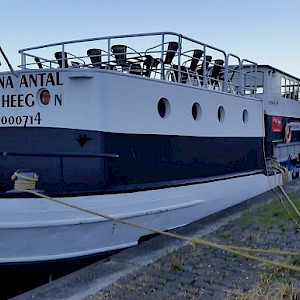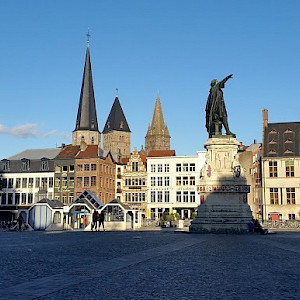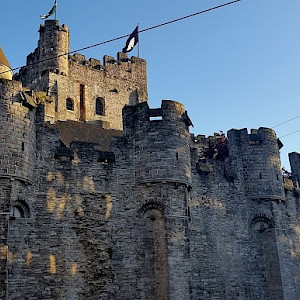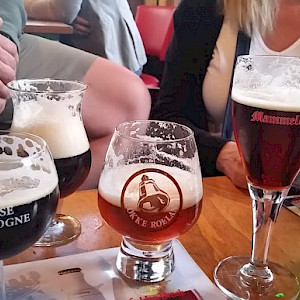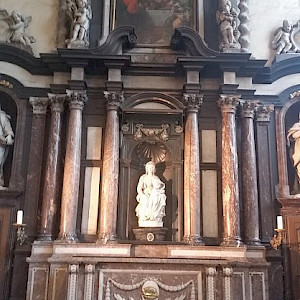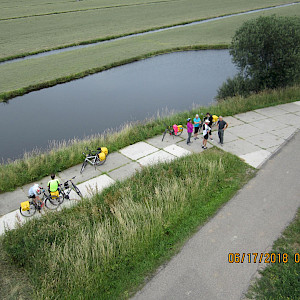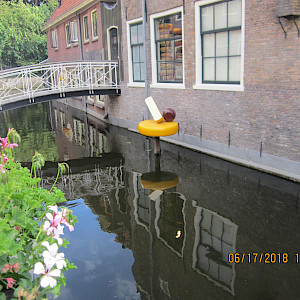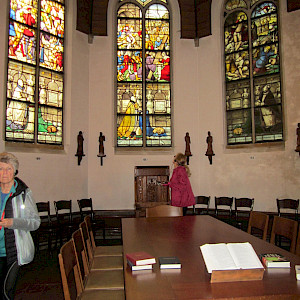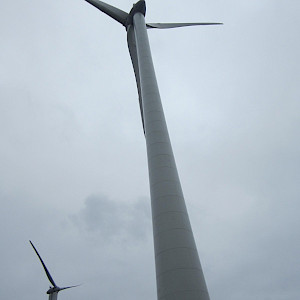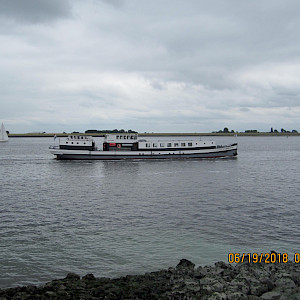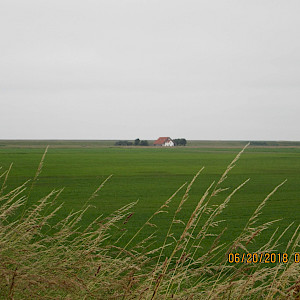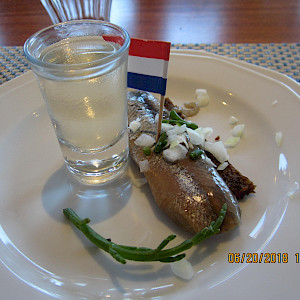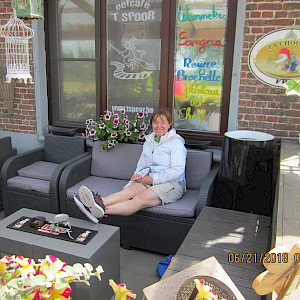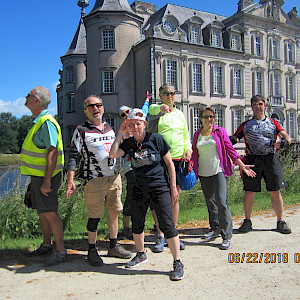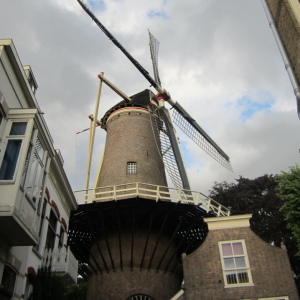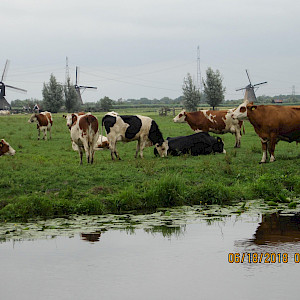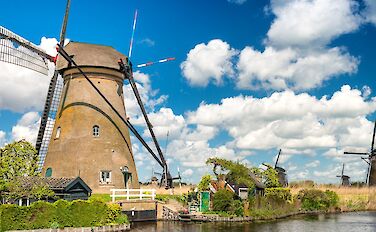The Netherlands Deserves a Cycle of Appreciation
For my third bike and barge vacation, I was looking for a destination that was not too warm in the summer, not too hilly, not too expensive and full of interesting people and sites. The tour Amsterdam to Bruges fit the bill perfectly and I am now well on my way to joining the very intelligent and fun group of serial bike and bargers. Because the Netherlands is composed of water interspersed with land — or land interspersed with water— biking and sailing is by far the best way to navigate both the country's physical as well as emotional landscape. The Dutch are in a perpetual battle with nature and have reclaimed 2,500 square miles from the sea, rivers and marshes. That’s why much of our biking was done on polders (artificially drained areas), dikes and dams. When not obsessing with reclaiming land from the sea, it seems that the Dutch have embraced two-wheeled transportation to a degree that borders on the fanatical.
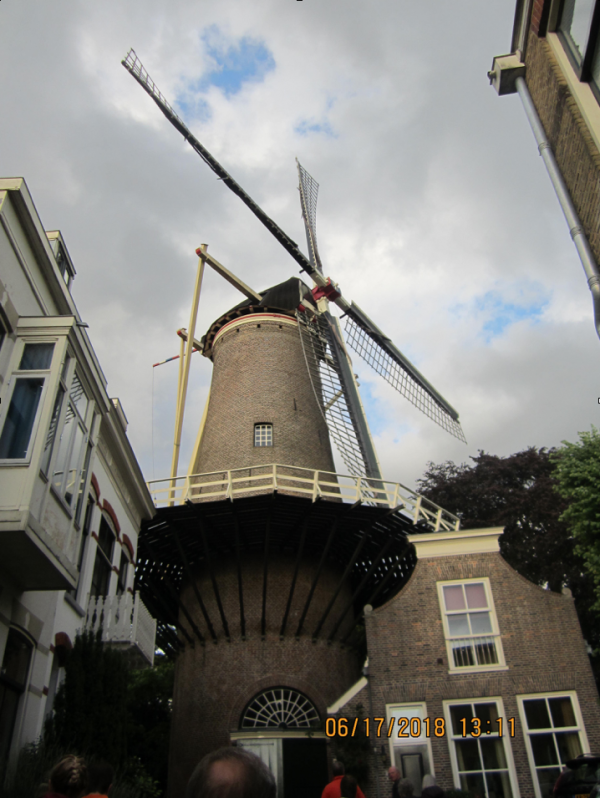
The boat we chose for our trip was the 100-year-old Anna Antal, but she doesn't look her age at all. She has had several facelifts and could easily keep up with barges half her age. Being that all of us were a bit past our prime, she was a good fit for the 12 of us who called her home for seven days this summer. What made our boat truly special, however, was its crew: Captain Arnaud, Chef Ayelt, and Sietse, our able, unflappable guide, all native Netherlanders, and the ever-chipper Aisha, our first mate, born and raised in Australia but now a Netherlander.
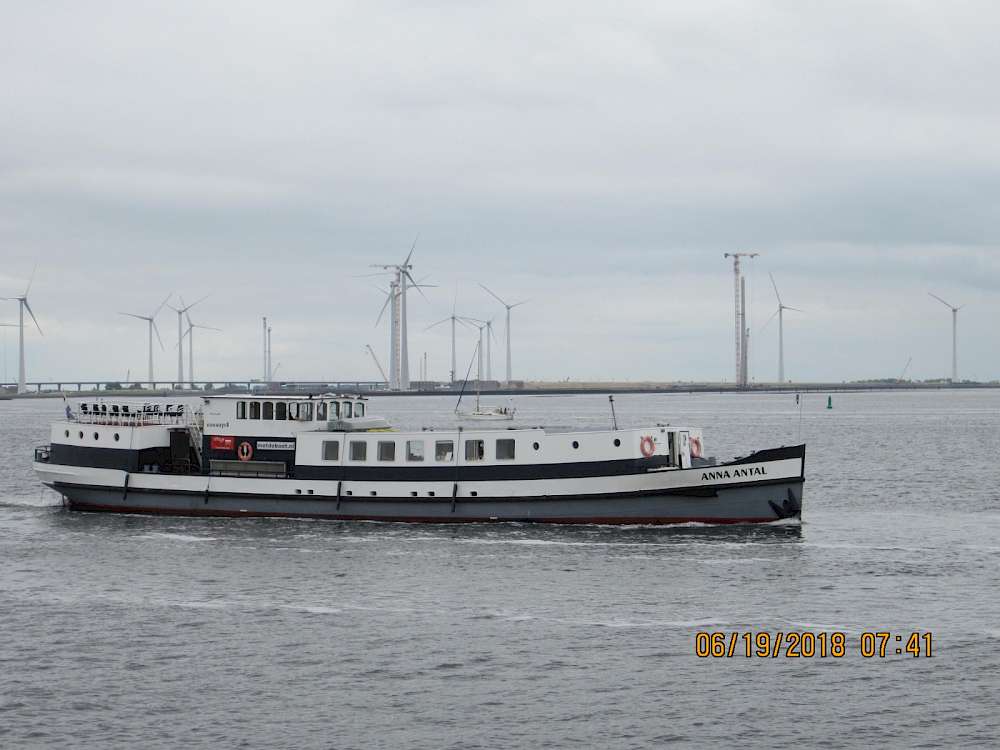
We fittingly began our journey in Amsterdam, which boasts ––Yikes! –– about 880,000 bikes. Here the bike is king and we were here to pay it homage. But in keeping with typical Dutch modesty, you won't find the high-tech, carbon, aluminum rim-wheeled versions prevalent in America, but rather battered, dented, well-used bikes that reflect Dutch practicality. It’s a bike lover’s paradise.
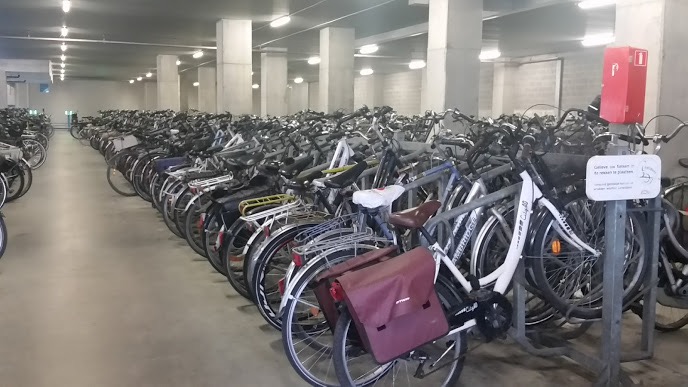
I wish I remembered where I parked my plain, black bike.
We quickly got into a routine whereby we enjoyed a healthy breakfast, biked through flat farmlands, marshes, and small villages and then stopped at a cafe, followed by more biking or touring or sailing, lunch, and then cycling or touring again and rejoining Anna Antal for a gourmet dinner and drinks. In the evening some of us explored whatever town we were docked at. Ayelt frequently surprised us with unique dishes at dinner time. My favorites were mustard soup (don’t knock it till you’ve tried it!), smoked mackerel with strawberries (a holy treat), and fresh herring (so different from the jarred kind) accompanied by the bracingly strong Dutch beverage Genever which is best described as a precursor to modern day gin. Cheers!
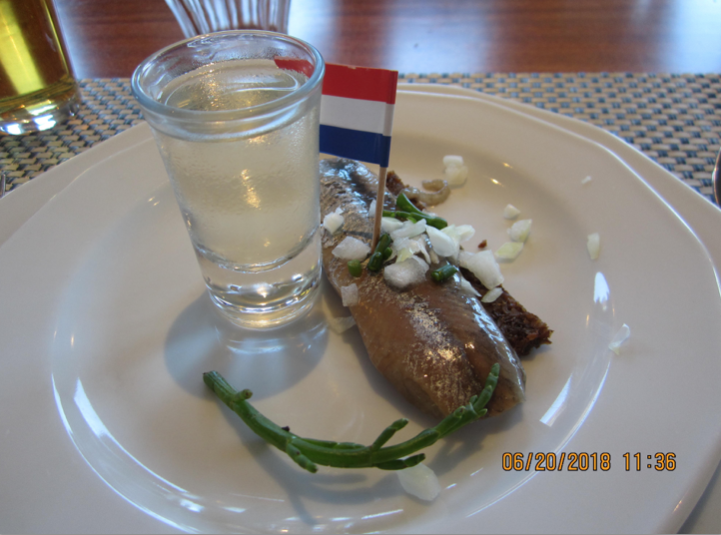
Genever and fresh herring. Mmmmm!
What we quickly came to realize is that The Netherlands wouldn't exist without her dams, dikes, and canals. We biked through kilometers of canals, some clear, some covered with a carpet of green algae. We saw a multitude of cows, (black, white, brown and calico), goats, sheep, horses, and ducks. Windmills were not as prevalent as we had expected because they have been replaced with towering wind turbines.
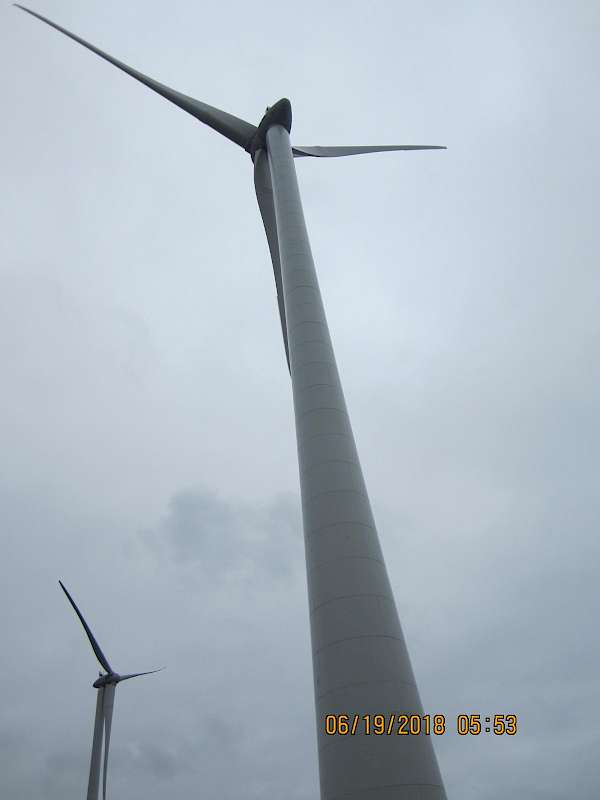
One day, our guide, Sietse, brought us to Kinderdjik to visit the windmill “museum.” It's actually a collection of 19 windmills which the Dutch decided to preserve, seeing as how their heritage was being forsaken with every electric pumping station installed.

What remains of the culture are the delightful names of towns and villages that reflect the Dutch fondness for double consonants and vowels: Uithoorn, Alblasserdam, Lekkerland, Willemstad. Now one cannot connect to all the cities of The Netherlands by bike so we also took several ferries. In Gouda, which the Dutch pronounce “How-da:”, we got off our saddles and visited Holland’s longest church, St. John's. (Technically, Holland is the name of just two of The Netherlands’ 12 provinces, but most natives have given up that fight and hardly protest when a tourist uses the quaint, but technically incorrect name). Now Protestant, it was originally built as a Roman Catholic church and boasts 72 16th century stained glass windows, more than any other church in the world. I was particularly touched by the stained glass tribute to those who perished in the Holocaust.
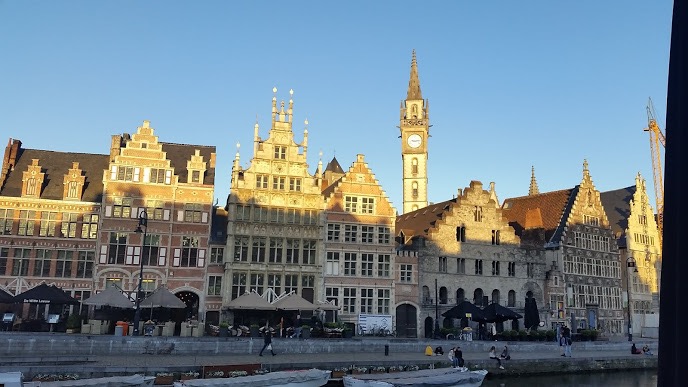 | 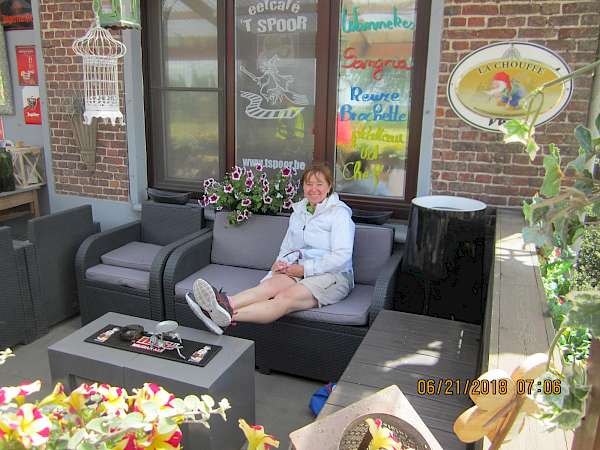 |
By the middle of the week, after having biked in various weather conditions – rain, wind, sun – we were ready for our greatest challenge: crossing the North Sea along the longest bridge in The Netherlands. Although 5K is not normally considered a long stretch for seasoned bikers such as ourselves, the relentless wind and need to focus made it seem much longer. Fortunately, we were rewarded with our first and only beach outing. I didn't expect to see such a long and beautiful stretch of sand leading to the sea. Only our guide, Sietse, a true Dutchman, had the courage to plunge into the icy water.
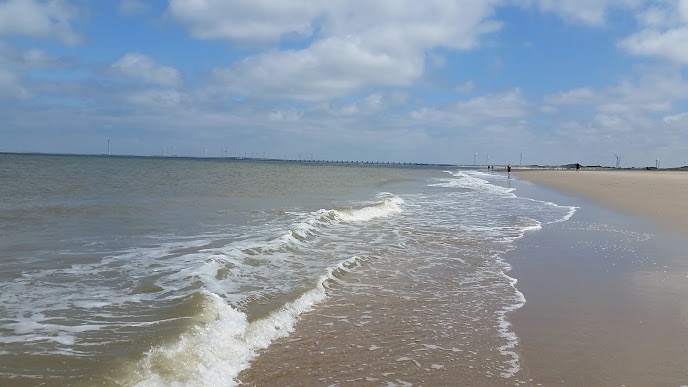
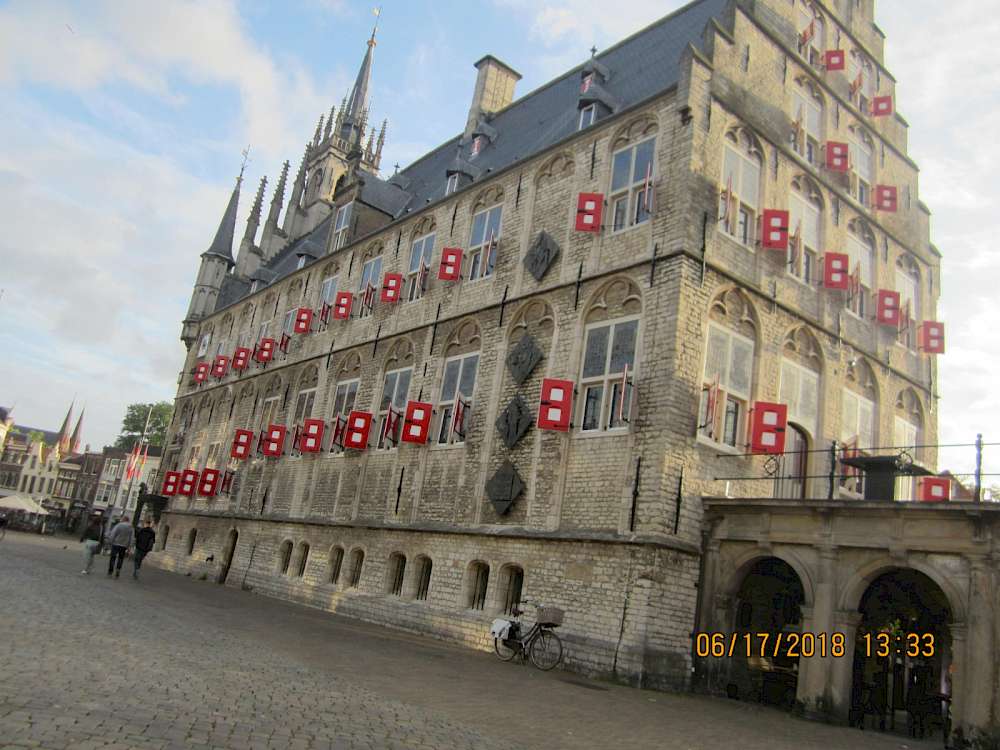
What I found so impressive was how the Dutch keep their windows amazingly clean and well-cared for. Another peculiarity is that banks are hard to find and forget about post offices –– they’ve been eliminated. (Note to tourists: change more money than you think you'll need and carry a debit card).
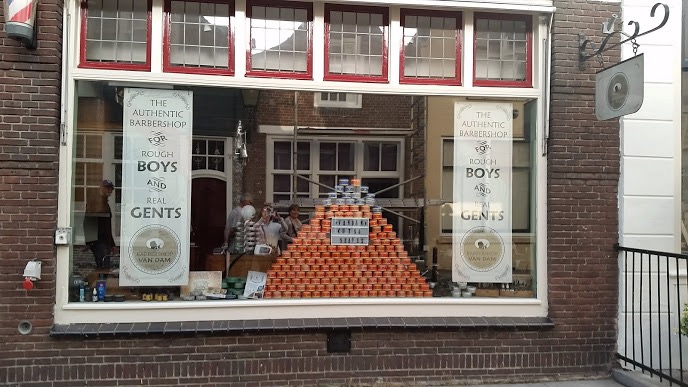
The last two days of the trip were dedicated to Belgium. If you're not paying attention, you may miss the subtle differences between the two small nations. Both have flat terrain, everyone speaks English and there are lots of livestock. However, in Belgium there are fewer canals, dams, and dikes, and the houses are a bit less tidy. Instead of canals, the Belgium have fences, mostly neat barbed wire, and instead of flowers, flags. More cows, but fewer sheep. And of course, the famous Belgium horses with their furry forelocks and luxuriant manes.
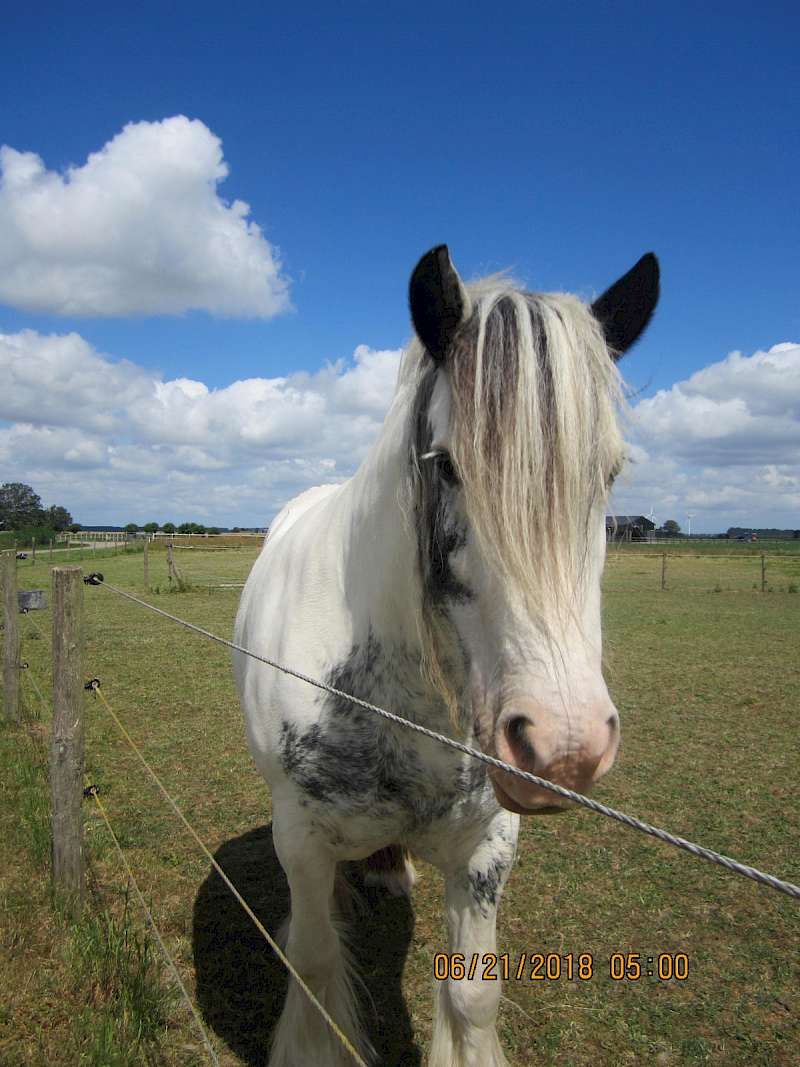
As we cycled towards Ghent, we passed many stately homes which Sietse referred to as “Beverly Ghent.” Belgium has a reputation for its enormous variety and quality of beer. So naturally, I had to try at least a few of the local brews at a nearby pub. Unfortunately, with about 300 varieties on the menu, each with its own uniquely designed glass, I had to order a Duchess “B”. Probably the worst beer I have ever imbibed, but not to worry, after sampling some of my cruise mates' beers, several times, I ordered a local favorite: mammelokker. (Double consonants are always a good sign!)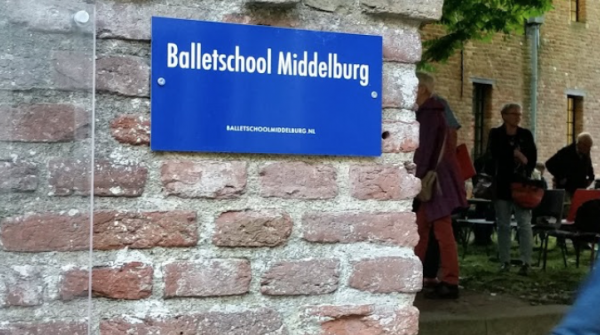
It is the unexpected that you tend to remember the most. During this trip for me, it was happening across a 14-piece jazz band that was performing in Middelburg. They played American standards such as Mama Loves Mambo, Lady Marmalade’s Voulez Vous Couchez Avec Moi and one of my favorites, Fly Me to the Moon. So lovely to sit outside with the locals and find that Europeans love American music as much as we do. And yet another treat greeted us when we returned to our boat one evening after a short tour of another lovely Dutch town. Arnaud, our captain, wasn't only an ace navigator, he also was a rather accomplished guitarist and singer. He handed out songbooks and we had fun requesting our favorites and singing along. Most were American as well, but he threw in a few Dutch favorites which Sietse greatly appreciated.
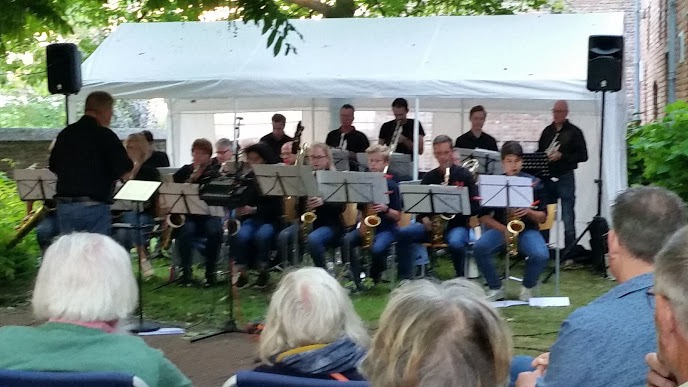
When you bike and barge, you are less of a tourist and more of a traveler. You see sites that aren't among the Top Ten on Trip Advisor and most times you don't have to struggle with crowds. You get to enjoy the company of your co-bikers and crew. And best of all, freed from having to design your own itinerary, figure out directions and decide where to eat dinner, you can just focus on enjoying your surroundings and experience a more intimate and rewarding style of traveling.
Did you like Gina's story? Have a thought you would like to share? Feel free to leave a comment below! Thanks for reading.
Be sure to check out all of our bike and barge tours in the Netherlands.
Photo Gallery
(Click to enlarge)

